

|
|
|


|
Tamiya US M1A2 Abrams - Full Option Kit - # 56041 (Radio Controlled Model Review)1/16 Scale Electric Tank -
Released by Tamiya on December 9, 2017, the US M1A2 Abrams Tank (#56041) is the Full Option Kit version.
▼ Scroll Down for More Images ▼
Rating: 4
|








|
|
|

|
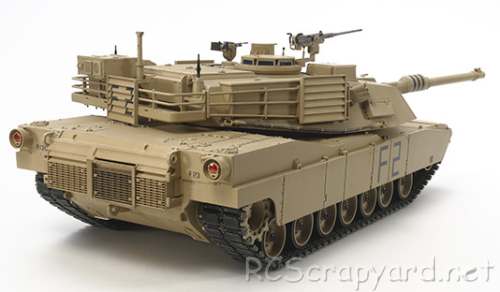
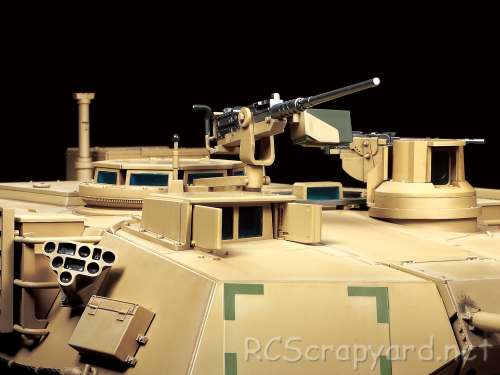
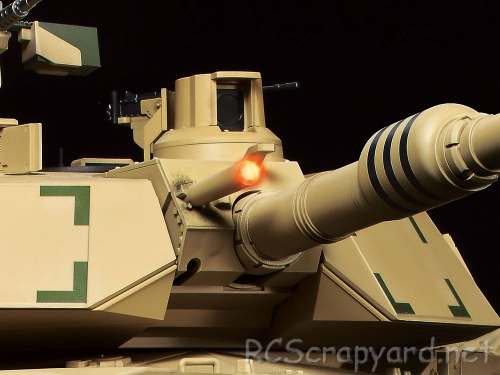
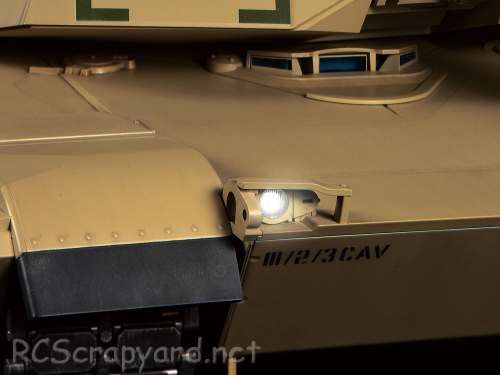
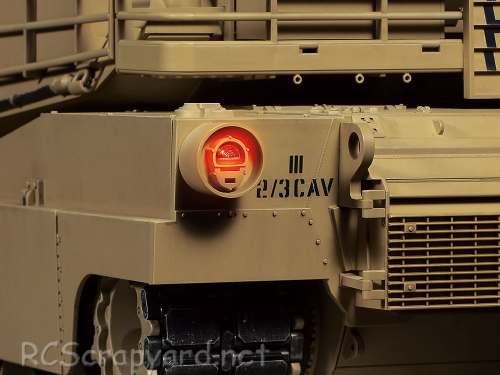
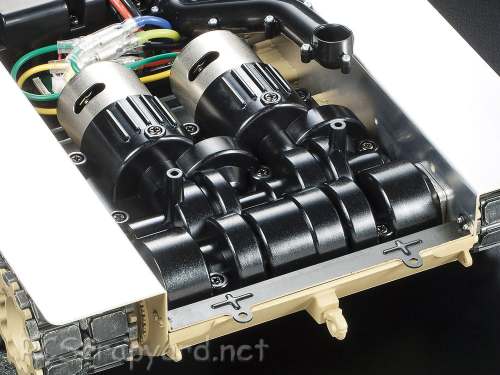
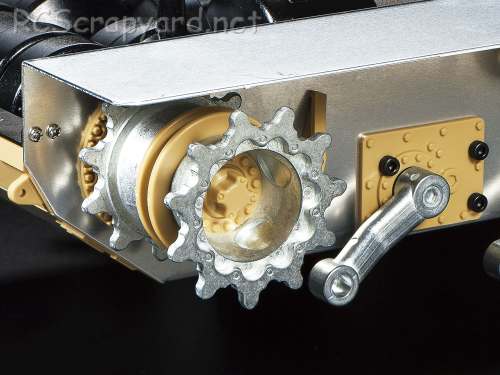
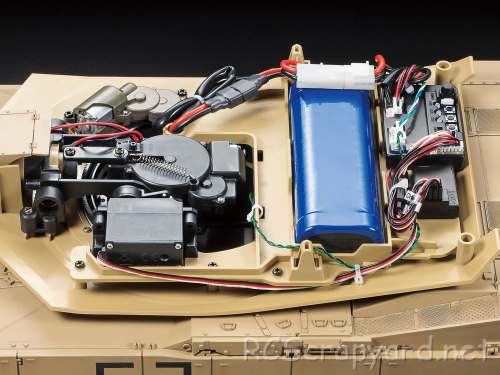
|
Hints, Tips and Information
How to avoid Radio Interference
1/ The first consideration when installing your Receiver into your Electrically Powered Model is to make sure it is well away from the Negative Battery terminal, and the Motor. The Magnetic field can cause stuttering type interference at times of high current draw (i.e., Fast Acceleration) |









|






|
|
|
|
Hints, Tips and Information Rechargeable Batteries
|
|
Hints, Tips and Information
Ride Height
To allow the suspension on any RC model to do its work properly, it needs to ride in a position where it is able to react to any bumps and holes it may encounter on the track. Therefore, it needs to be adjusted to somewhere in-between those limits. That position is commonly termed "ground clearance" or "ride height" and is generally measured as the distance between the underside of the chassis and the ground, with the motor and battery etc installed. |
|
RC Models:
|
Radio & Motors: |
Other
Accessories: |